At PHS, it’s impossible to ignore the buzz surrounding March Madness. Students check scores between classes, teachers sneak glances at games during lunch, and nearly everyone has a bracket, whether for fun or bragging rights. But beyond the excitement of buzzer-beaters and Cinderella stories, March Madness is one of the biggest revenue-generating events in sports.
According to Sportico, in 2024, the NCAA generated over $1.3 billion in revenue, with a significant portion being from March Madness. This is thanks to its powerful branding, marketing strategies, and high-value media deals. So, how does this tournament keep fans engaged while bringing in record-breaking revenue?
For context, March Madness refers to the NCAA Men’s Basketball Tournament, a month-long, single-elimination event held every spring to determine the national champion of college basketball. The 2025 tournament has and will continue to captivate fans across the country.
The NCAA tournament wasn’t always a billion-dollar enterprise. The first edition in 1939 had just eight teams, no TV broadcasts, and little fanfare. But as television expanded in the 1960s and ’70s, March Madness became a must-watch event. The term “March Madness” was popularized in the 1980s, and the tournament’s unpredictable nature helped it gain national attention. By securing lucrative TV deals and exclusive sponsorships, the NCAA transformed college basketball into a financial powerhouse.
One of the key reasons March Madness is so successful is the way the NCAA has built its brand equity. Unlike professional leagues like the NBA or NFL, college basketball thrives on school spirit, tradition, and underdog stories. The NCAA has leveraged these emotions to turn March Madness into an event that feels bigger than basketball; it’s a nationwide experience.
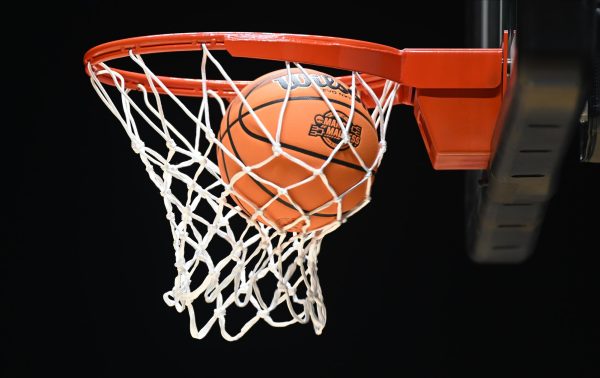
The term “March Madness” itself is one of the most powerful pieces of sports branding, instantly evoking excitement and unpredictability. Beyond the name, the NCAA’s branding strategy relies heavily on narrative marketing. The tournament promotes storylines around underdog teams, star players, and historic rivalries, keeping fans emotionally invested. These stories create moments that transcend the game, making each year’s tournament feel unique and memorable. For instance, this year, No. 10 seed Arkansas pulled off a major upset by defeating No. 2 seed St. John’s in the Round of 32, showcasing the tournament’s thrilling unpredictability.
Community engagement and fan loyalty are another pillar of March Madness’ branding success. The tournament fosters a sense of belonging through school spirit, alumni involvement, and interactive social media challenges. Fans rally around their teams, filling arenas, participating in online discussions, and even creating traditions that last for generations. This deep connection ensures that audiences remain engaged year after year, making March Madness not just a tournament but a cultural phenomenon.
One of the largest revenue streams for the NCAA is its broadcast deal with CBS and Turner Sports, which is worth $8.8 billion over multiple years, according to the NCAA. This ensures that every game is televised, with networks charging premium prices for advertising slots. According to MarketWatch, a 30-second commercial during key games costs around $2 million, putting March Madness in the same league as the Super Bowl regarding ad value.
Investing in March Madness means access to a highly engaged audience for brands. Companies like Coca-Cola, AT&T, and Capital One launch special campaigns tied to the tournament, while sports betting platforms like DraftKings and FanDuel capitalize on bracket challenges and wagers.
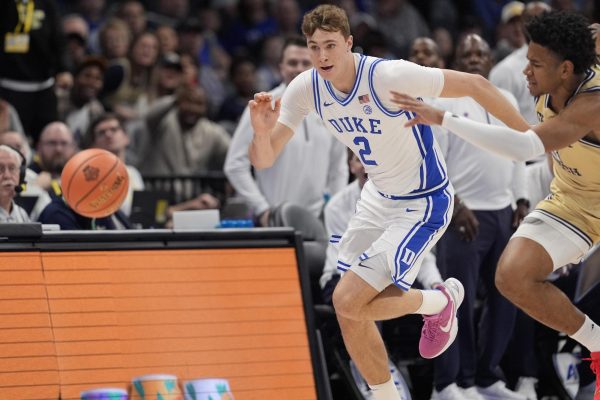
Roger Lane, a business teacher, marketing club sponsor, and basketball coach at PHS, offered his perspective on how March Madness has grown to such heights. “March Madness has always been on the Mount Rushmore of sporting events in America along with the Super Bowl, NBA Finals, and the World Series,” Lane said. “What has taken the popularity of March Madness to newfound heights is how they have leaned into partnerships with sports gambling companies.”
Sports gambling has become a major factor in the tournament’s rising popularity and revenue. With legalized betting in many states, fans are more involved than ever: placing bets, tracking scores, and filling out brackets. This added layer of competition keeps viewers engaged throughout the entire tournament. Lane noted how this shift has changed the landscape of sports marketing:
“Gambling used to be a very ‘taboo’ conversation to have with sports, especially with collegiate sports. However, gambling has become a very mainstream and widespread industry in America to the point where you cannot go more than four commercials without seeing an ad for a gambling app or website,” he said. “The influx of viewership from the gambling audience, compounded with the base audience of people who simply enjoy watching college basketball, has taken a very popular event and turned it into a multi-billion-dollar event.”
Lane’s insight highlights how the NCAA has adapted to changing attitudes toward gambling by partnering with betting companies and integrating fan-driven contests into the tournament experience. What was once considered a liability has now become a valuable asset: fueling engagement, increasing ad value, and pulling in new demographics of fans who are financially and emotionally invested in every game.
At PHS, March Madness brackets are everywhere, from friendly classroom competitions to faculty office pools. This tradition isn’t just for fun; it’s a key part of how the NCAA builds audience engagement. Brackets turn casual viewers into invested fans, making every game matter, even if their favorite team isn’t playing. According to the NCAA, for the 2025 tournament, over 39 million brackets were filled out nationwide, with 0 perfect brackets now remaining.
Unlike traditional TV events that struggle to capture younger audiences, March Madness thrives on social media and digital platforms. The NCAA has mastered the art of short-form video content, delivering real-time highlights, viral moments, and interactive polls across TikTok, Instagram, and X (Twitter).
Streaming services like Paramount+ and the NCAA’s official March Madness app make it easier for students to watch games on their phones, which explains why so many at PHS are glued to their screens between classes. The ability to follow games anywhere, anytime has contributed to March Madness’s continued rise in audience reach and engagement levels.
While TV rights and digital engagement drive much of March Madness’ revenue, direct-to-consumer sales through ticketing and merchandise also play a crucial role. The Final Four, hosted this year in San Antonio, attracts tens of thousands of fans willing to pay anywhere from over $300 to over $1,500 per ticket, according to SeatGeek. The NCAA leverages scarcity and exclusivity to drive demand, making the event a premium live experience.
Merchandise sales further solidify March Madness as a commercial powerhouse. From jerseys to Final Four hats, official NCAA gear remains a consistent revenue stream. The brand loyalty associated with college athletics ensures that fans continue purchasing merchandise year after year, making it an integral part of the NCAA’s revenue mix. By diversifying its revenue streams, March Madness ensures sustained profitability and long-term growth.
At its core, March Madness thrives because it blends competition, storytelling, and engagement in a way few other sporting events can match. The tournament’s unpredictable nature creates legendary moments, whether it’s a buzzer-beater from an underdog school or a dominant performance by a future NBA star.
At PHS, the tournament’s influence is clear. Whether it’s students debating game results, teachers discussing their brackets, or the excitement of seeing an unexpected team make a deep run, March Madness connects sports fans across generations. The NCAA has turned this passion into a billion-dollar empire, and with innovations in media, betting, and sponsorships, the tournament’s financial success shows no signs of slowing down.



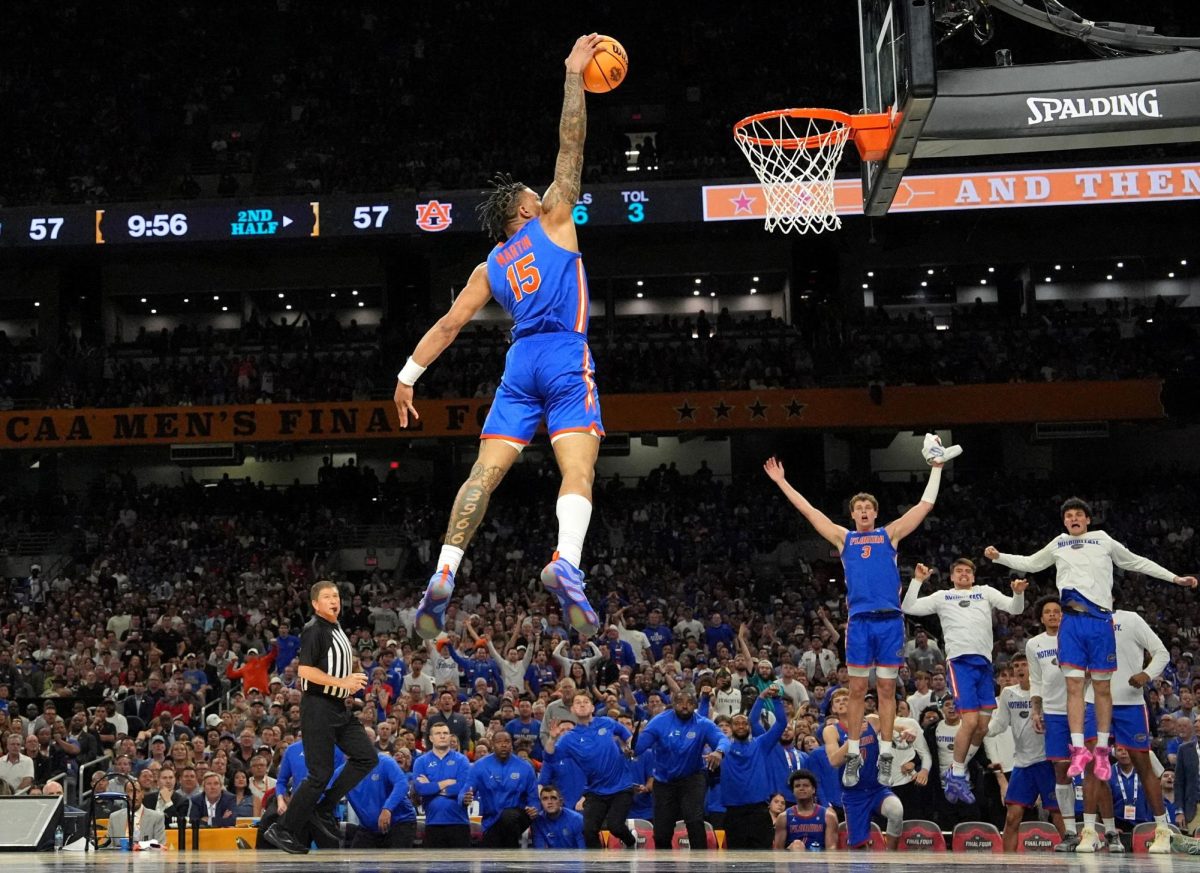
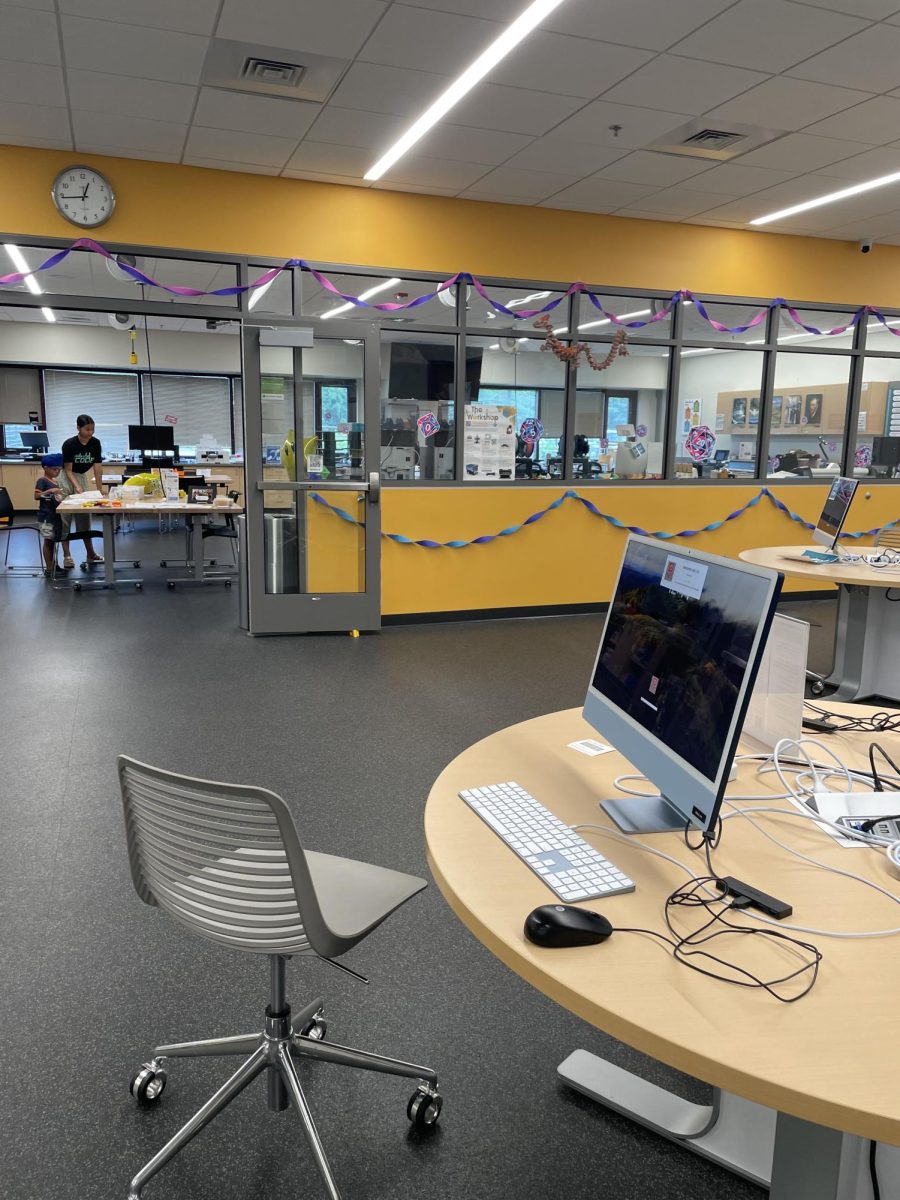
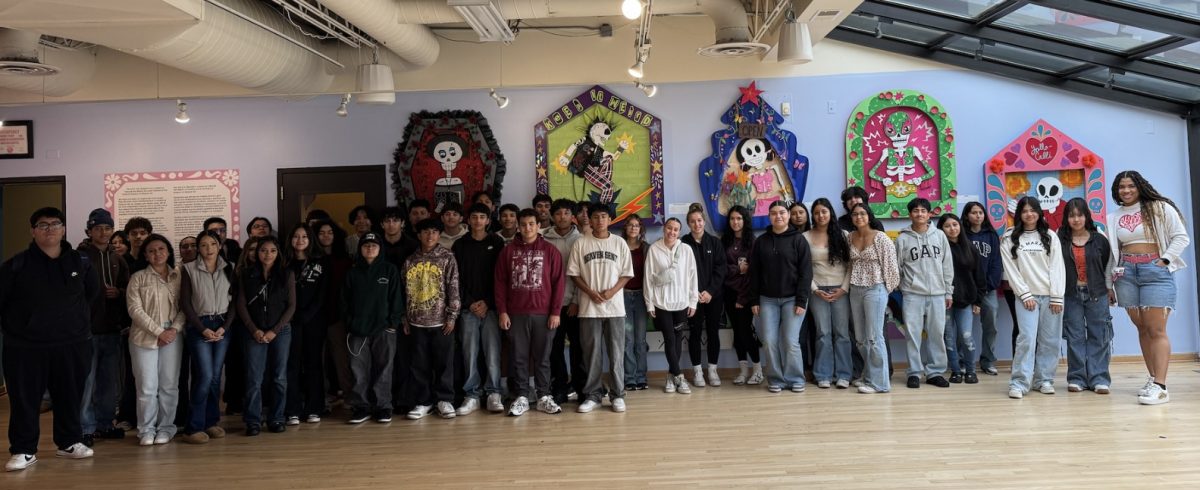
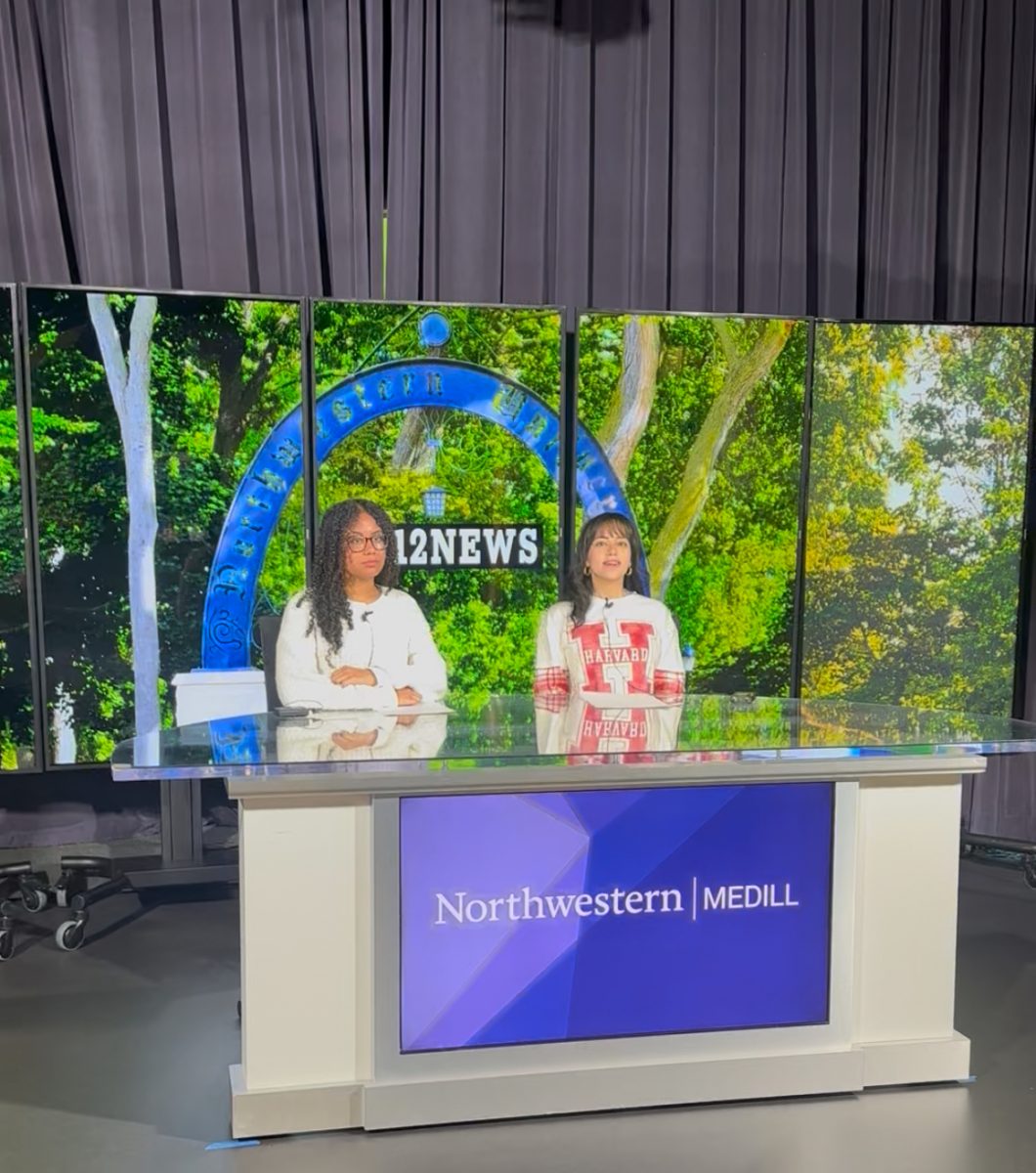
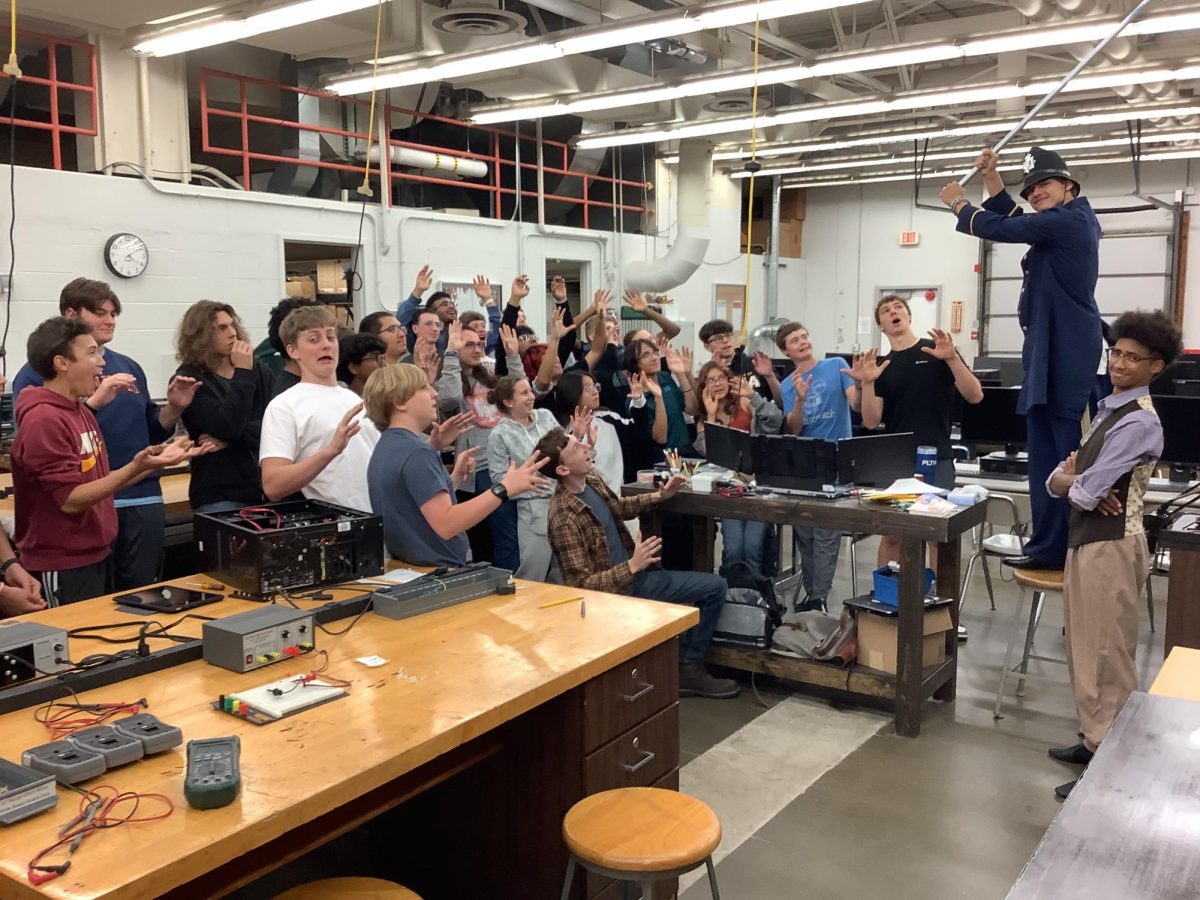
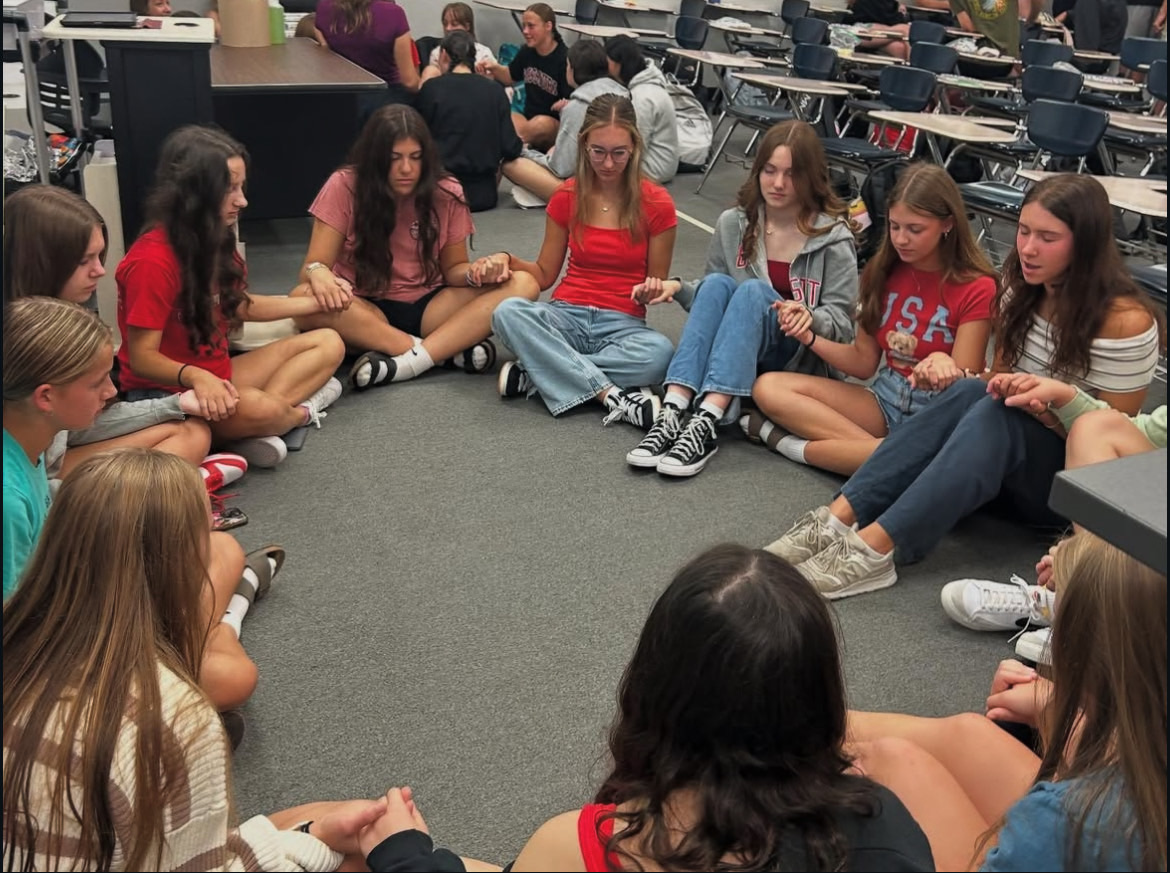
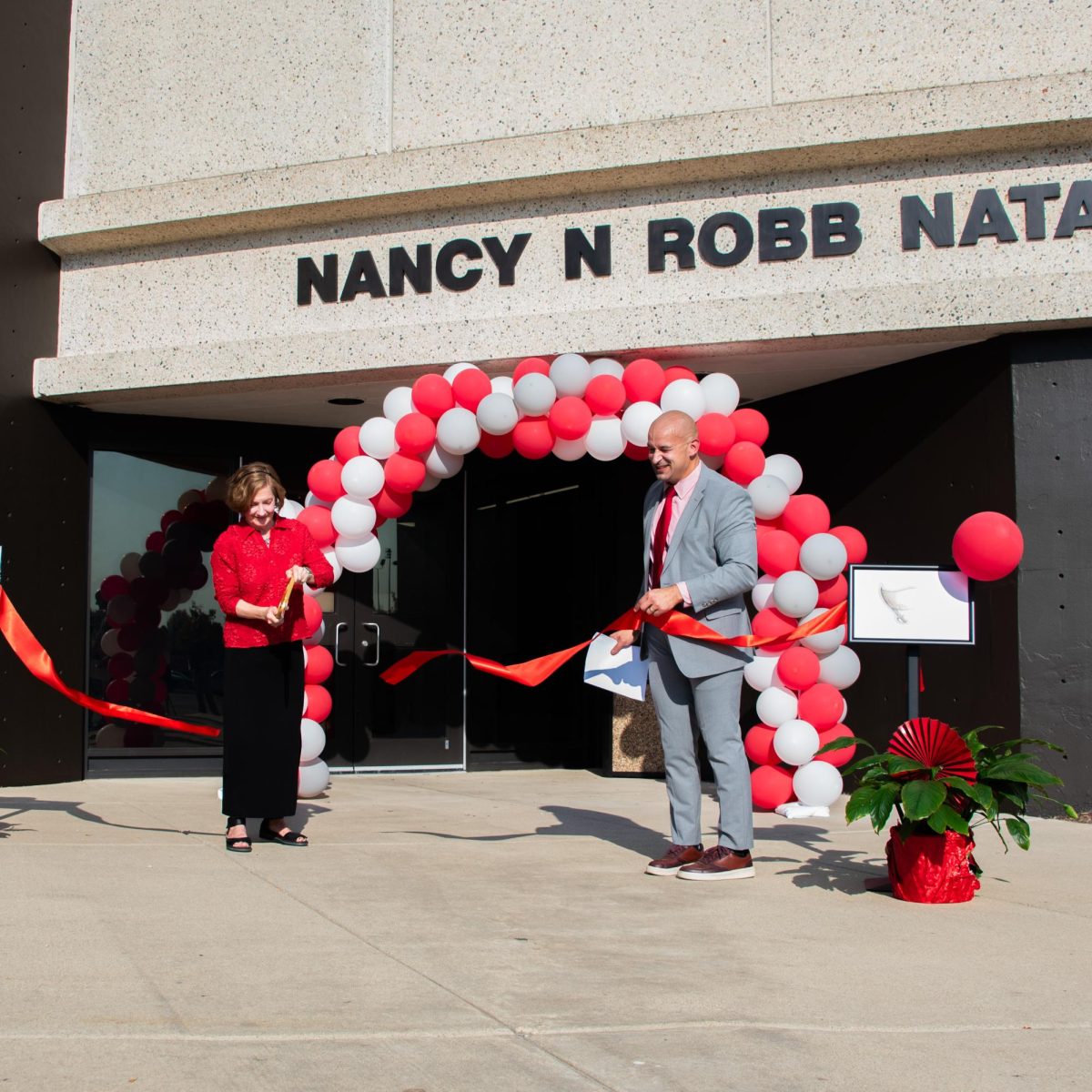



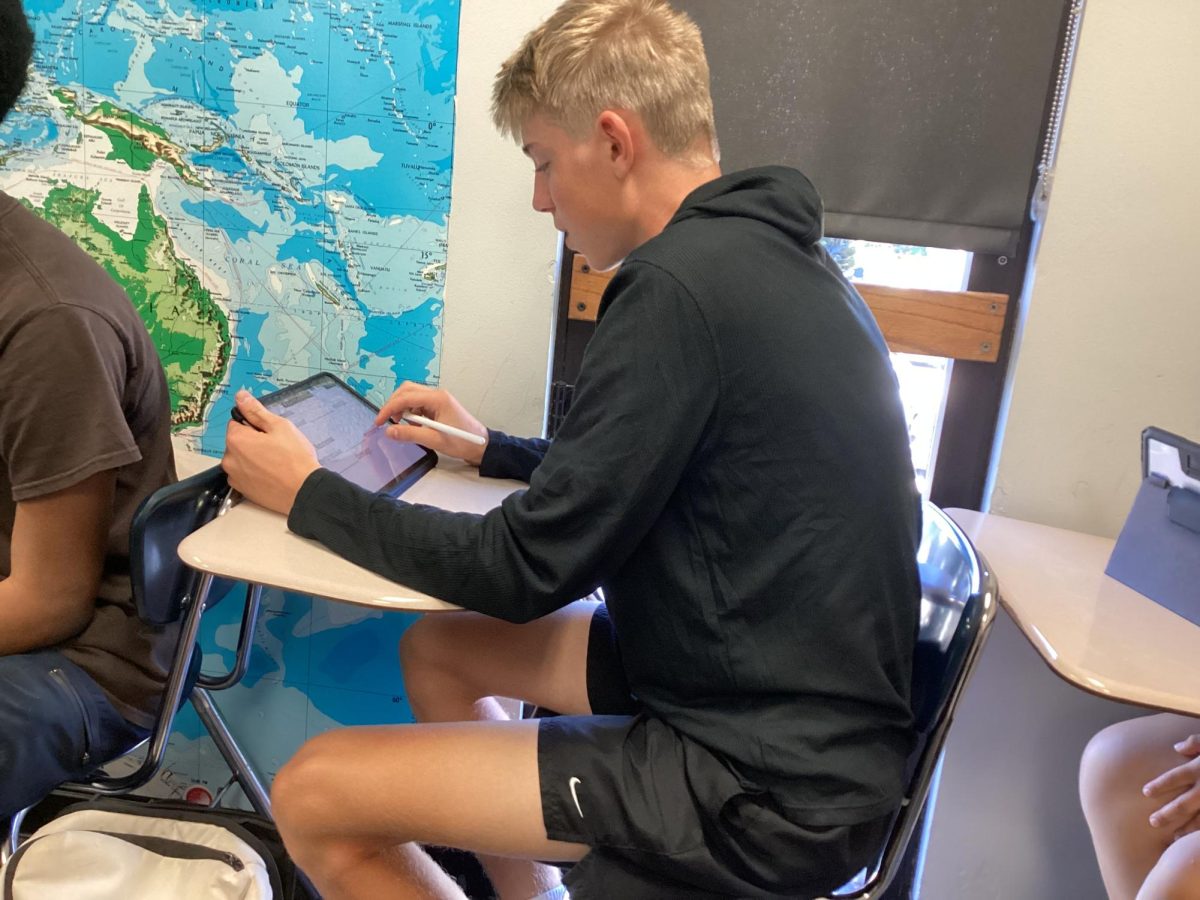
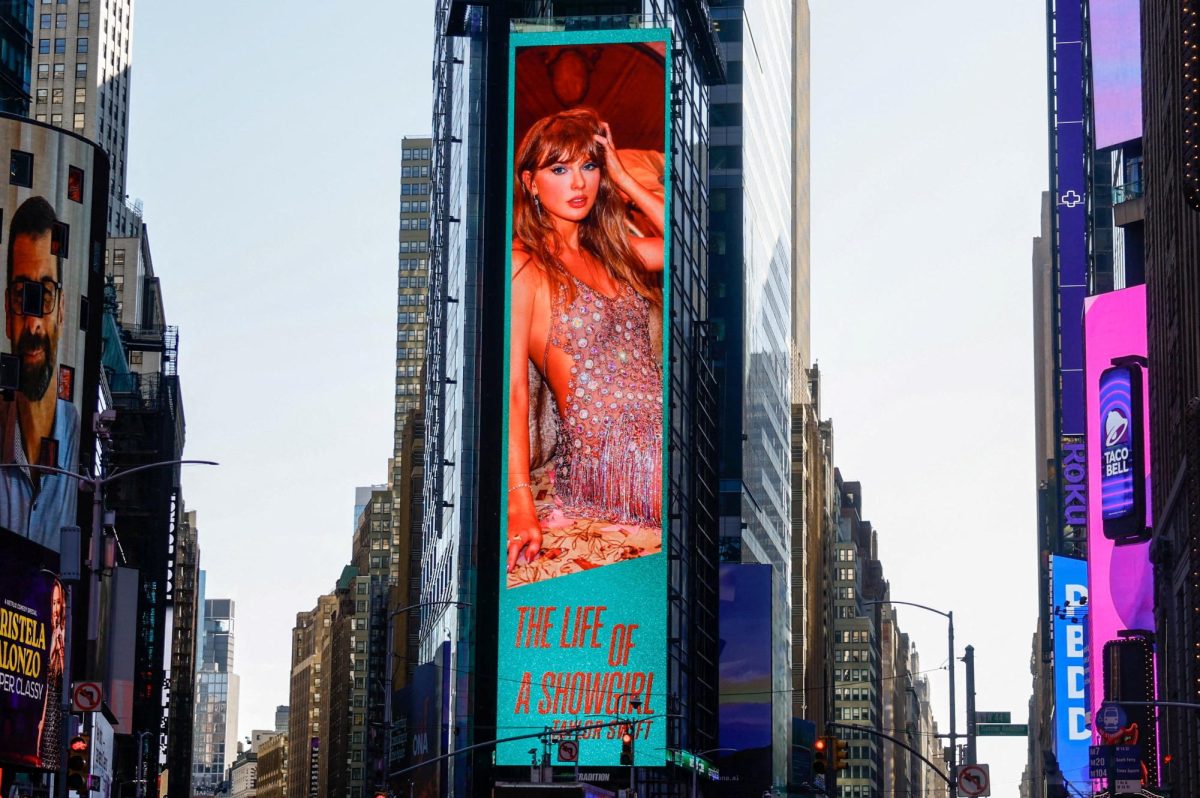

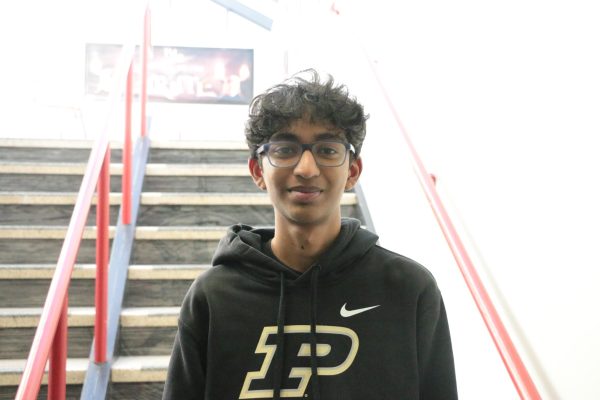
Sush R • Apr 7, 2025 at 9:41 pm
Great read! The NCAA’s tournament is truly iconic and feels nostalgic to me.